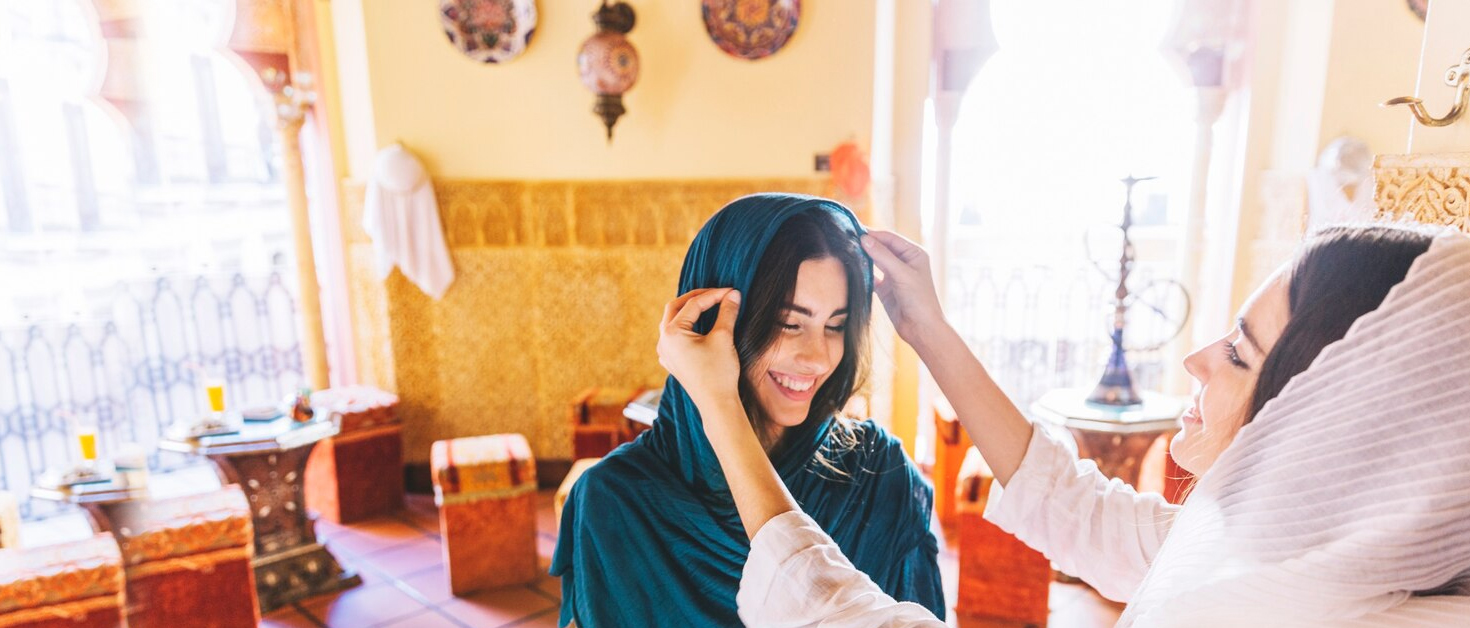Beautiful Muslim Wedding Ceremony Rituals
A Muslim wedding ceremony, known as Nikah, is a sacred and joyous union rooted in Islamic teachings and cultural traditions. While customs may vary across regions, the essence remains the same – a spiritual contract blessed with dua, family, and community. Discover the beautiful rituals and traditions of a Muslim wedding ceremony, including Nikah, Mehar, Rukhsati, and Walima. Learn their spiritual significance and cultural meanings.
Nikah, referred to in Urdu, signifies a Muslim wedding. While the customs and rituals associated with Muslim matrimony vary by region, the primary objective of all these rituals and customs is to unite two individuals in a single bond.
Let us examine the rituals associated with a Muslim wedding:
Istikhara
This is a pre-wedding ritual in which the religious leader of the community convenes in one location to pray to God for blessings for the couple’s future.
Imam-Zamin
Prior to the marriage, the groom’s mother visits the bride’s home to present sweets, as well as gold or silver coins wrapped in red silk cloth. If the bride covers her face and later reveals it to the groom and his mother, she ties a silk cloth around the bride’s right arm to wish for the couple’s prosperity and a joyful married life.
Arrival of the groom or Barat
On the wedding day, the groom, along with their family and friends, proceeds to the wedding venue where the bride’s family graciously welcomes the groom and offers a welcome drink to all guests.
Nikaah
This is the principal and most cherished ceremony. The bride and groom sit facing each other, with a curtain placed between them until the Nikah takes place. The community leader reads the marriage agreement and sequentially asks both individuals for their acceptance of one another.
Mehar
This refers to the monetary gift that the groom’s family is expected to present to the bride. The final amount is mutually agreed upon by both families, after which the Mehar is offered, and the relevant documents are prepared and signed, outlining the terms and conditions.
The groom is then escorted to the women’s section, where he presents money as a gift to the bride’s sister. Subsequently, guests offer gifts to the newlywed couple, and dinner is served to all attendees.
Rukhsat
This moment signifies the bride’s farewell to her family as she prepares to join her husband’s family. The bride’s father entrusts her hand to the groom for their lifetime together.
Bride welcome
Upon the bride’s arrival at the groom’s home, the groom’s mother holds the Quran above her head until the bride crosses the threshold of the front door.
Chauthi
After four days post-wedding, the bride visits her parents’ home, where the couple is warmly welcomed with a grand reception.
Walima
This is the reception hosted by the groom’s family following the marriage, where both families and friends gather to celebrate and extend their best wishes for a joyful married life.
Mangni
This is a formal engagement ceremony during which the bride and groom exchange rings, symbolizing their acceptance of one another.
Manjha
During this ritual, the bride dons yellow attire, and her family and friends apply a yellow paste made from turmeric and mustard oil to her face and body. Following this, the bride is prohibited from leaving the house until the wedding.
Mehendi
Beautiful and intricate henna designs are applied to the bride’s hands and feet.
Sanchaq
In this ceremony, the groom’s family sends wedding garments, jewelry, and other items necessary for the Nikah ceremony.
The Muslim wedding ceremony is a beautiful blend of spiritual devotion, family bonding, and cultural traditions, rooted in the Quran and Sunnah. While rituals vary globally, the essence remains the same – a union based on love, respect, and the blessings of Allah (SWT).

